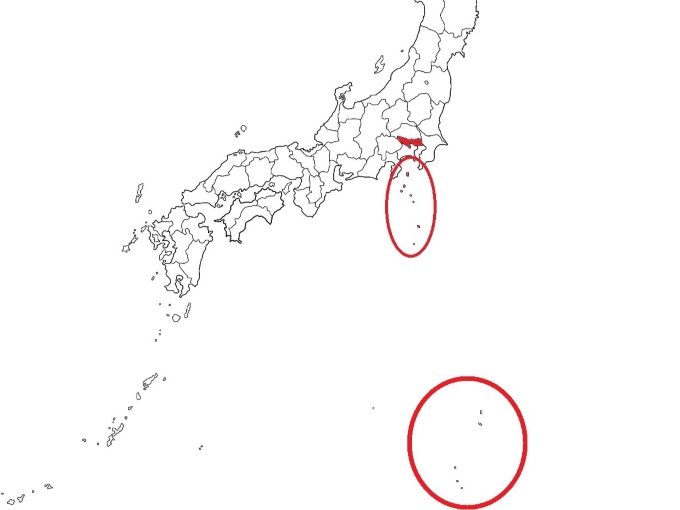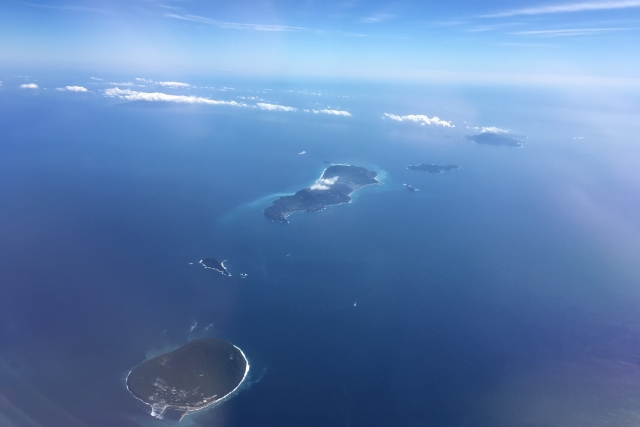Contents
1.Basic Information
Izu Oshima
Izu Oshima is the largest island in the Izu Archipelago and the closest to the mainland of Honshu. At the center of the island stands Mt. Mihara, with an elevation of 758 meters, where you can view the volcanic crater. The entire island was evacuated during its 1986 eruption, which sent up a smoke column reaching 16,000 meters in height.
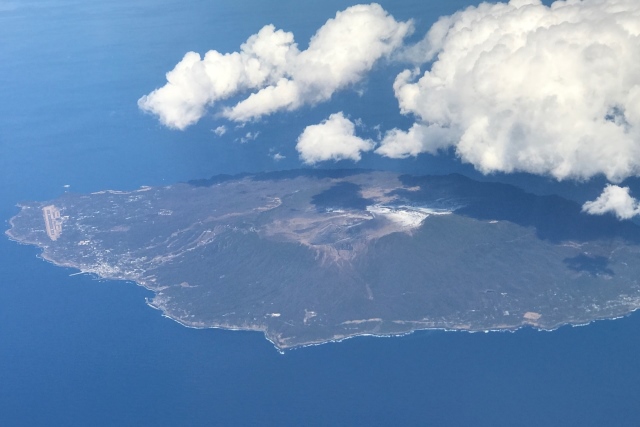
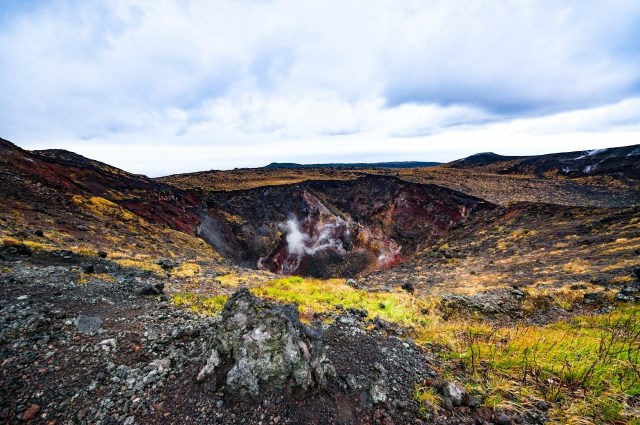
Toshima
Toshima is located approximately 144 km away from Tokyo. It is a small, cone-shaped volcanic island with a population of around 300 people. In winter, nearly 200,000 camellia flowers bloom, adding to the island’s tourist appeal. Curious Indo-Pacific bottlenose dolphins inhabit the waters around the island, and you can swim with them.
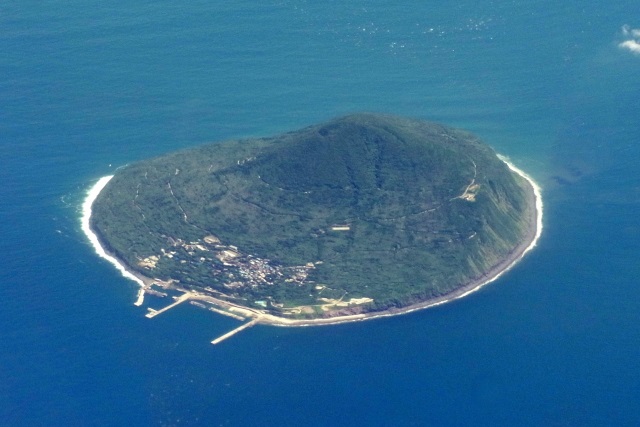
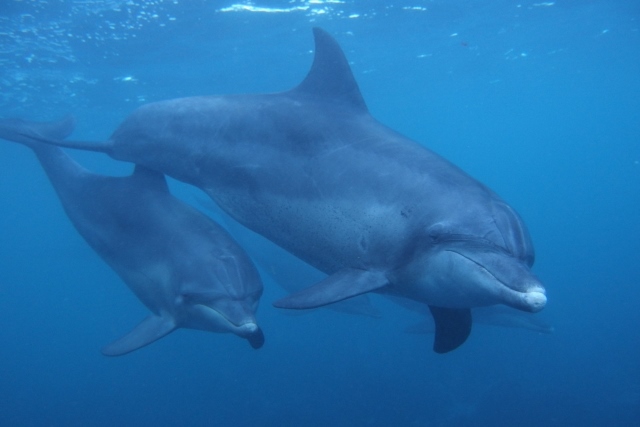
Niijima
Niijima is a convenient resort that can be reached by high-speed ferry in 2 hours and 30 minutes or by plane in 35 minutes from Tokyo. The island is particularly known for surfing, diving, and fishing. It features beautiful blue oceans and sandy beaches. The white sandy beach of the island originated from volcanic ash that accumulated during an eruption in 886.
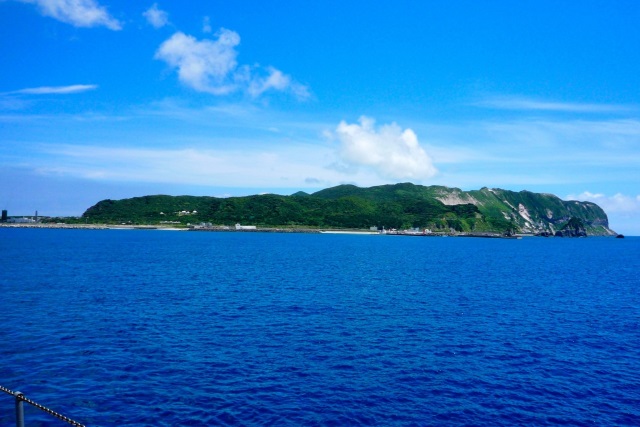
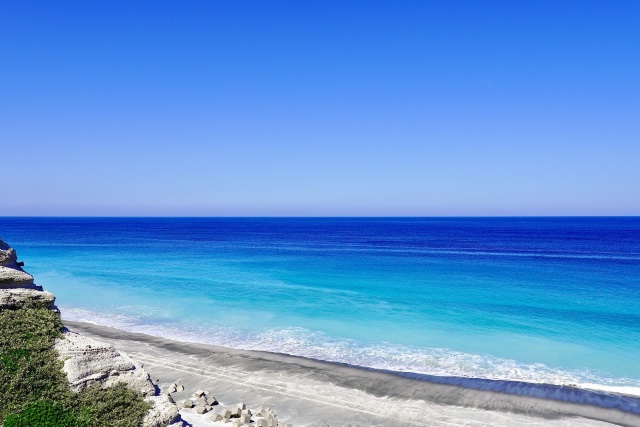
Shikinejima
Shikinejima is situated about 160 km south of Tokyo and has a circumference of around 12 km. Surrounded by rich nature, the island features a ria-style coast where many types of fish dwell. The island is small enough to be circumnavigated on foot.
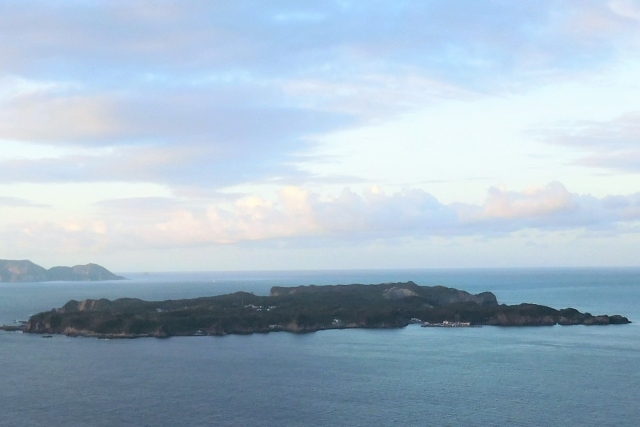
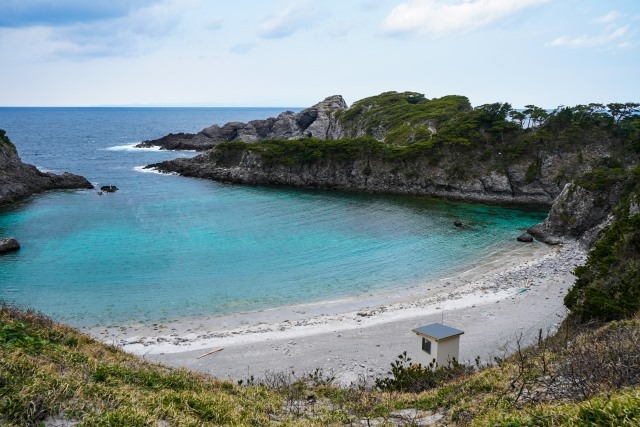
Kozushima
Kozushima is a beautiful small island located about 180 km south of Tokyo. At the center of the island stands Mt. Tenjo, with an elevation of 572 meters, which blooms with flowers year-round. Fishing is a major industry on the island, offering an opportunity to enjoy fresh seafood.
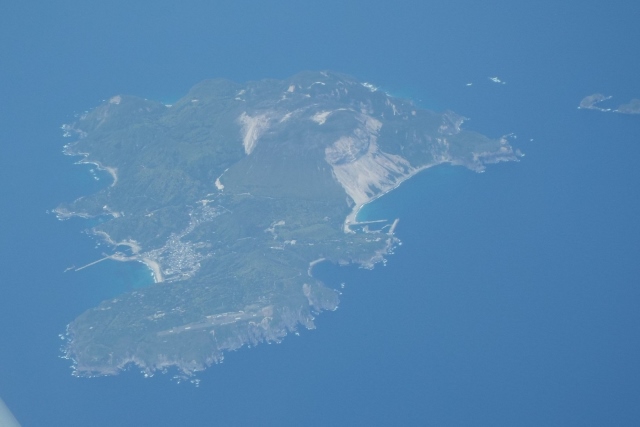
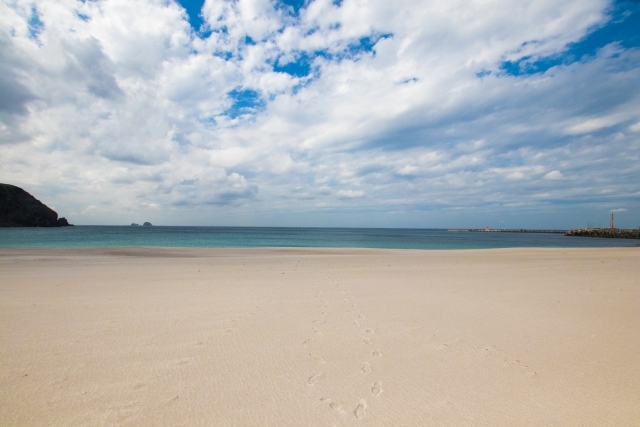
2.Reviews
Jinata Onsen
Jinata Onsen is a hot spring with a unique geological structure, resembling cliffs split by an axe. The spring water contains iron sulfide and is naturally heated to a high temperature of 80°C, but it mixes with seawater to reach a more moderate temperature. It is particularly effective for neuralgia and chilblains, earning it the name “Medicinal Bath.”
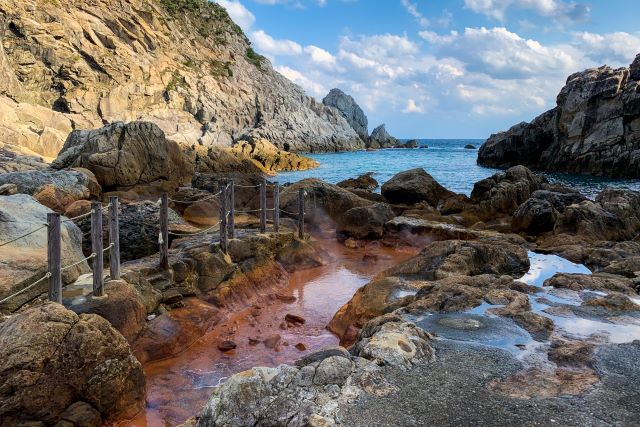
Takeshiba Pier
Takeshiba Pier is a major port in Tokyo from where ships depart for the Izu Islands and Ogasawara. Managed by Tokai Kisen and Ogasawara Shipping, the area around the pier is a park that is lit up at night, making it a popular date spot. It is also frequently used as a filming location for TV dramas.
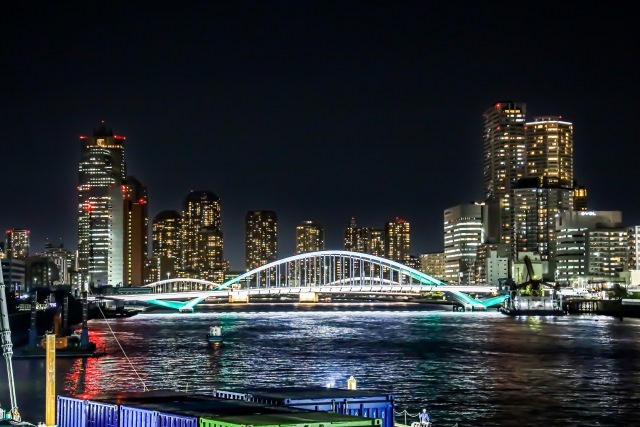
3.Local Food



4.Transportation Information
■How to Get to the Izu Seven Islands
Tokyo Metropolitan Government Official Website (Available in English, Korean, Simplified Chinese, and Traditional Chinese)
https://www.tokyoislands-net.jp/islands/access
Tokai Kisen Official Website (Available in English, Korean, Simplified Chinese, and Traditional Chinese)
https://www.tokaikisen.co.jp/
New Central Airlines Official Website (Available in English)
https://www.central-air.co.jp/timetable.html
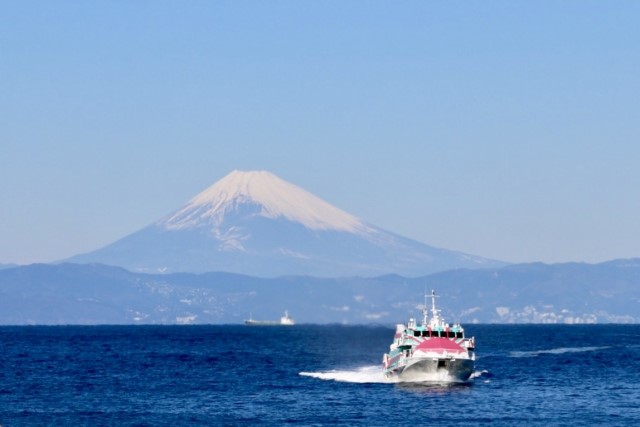
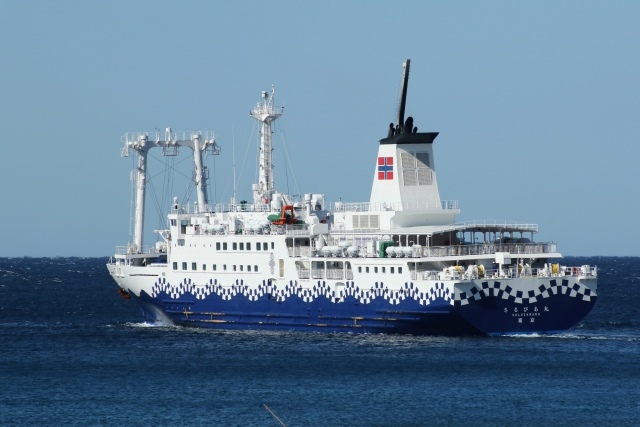
5.Map Information
The Izu Islands are located southeast of the Izu Peninsula and consist of nine inhabited islands, numerous uninhabited islands, and over 100 rocks and reefs. The surrounding warm currents create a mild climate and unique natural environment.
